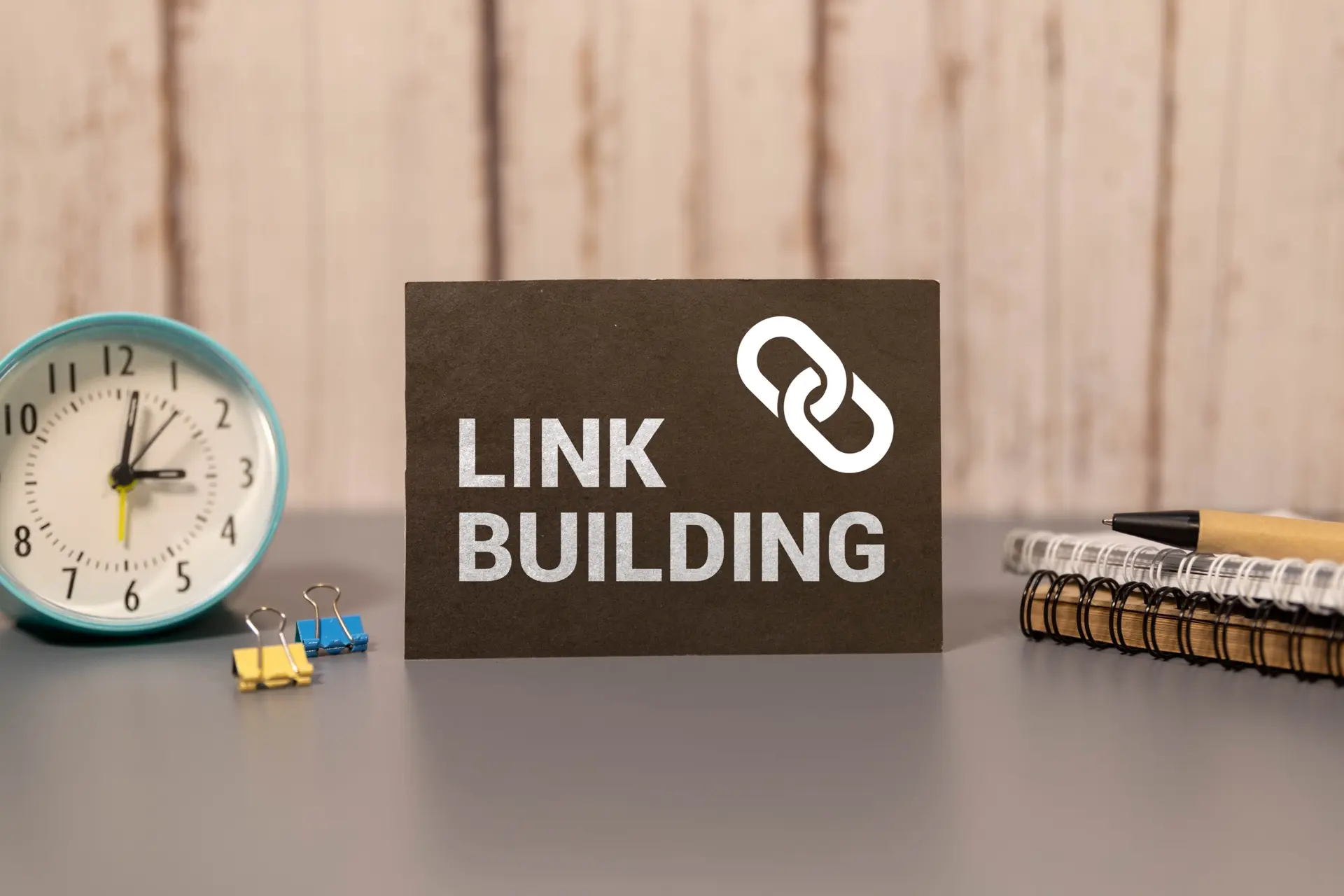Shopify’s 2024 plans will shift us to consider other platforms
What’s Shopify?
I’ll kick things off from the very start, as my adventure with Shopify began roughly a decade ago. However, it truly initiated back in 2006, nearly two decades back from now, which admittedly makes me feel quite aged. Despite this, Shopify has continuously updated its platform over the years, maintaining a sleek and contemporary look. It’s still regarded as a highly modern interface that any store owner can navigate with ease and efficiency. Yet, some recent modifications as of February 2024 have led me to ponder if it might be time to explore alternatives. The most significant alteration involves a reduction in staff accounts on the basic plan.
Why we’ve built websites in Shopify?
We’ll choose the best platform for the client’s needs and usually if they are starting out or quite small Shopify is the best fit. You can get something built in as little as a day or two that your happy for your clients call it your site. I’ve had a lot of experience with other eCommerce platforms from Woocommerce, Magento, BigCommerce, Neto and Open Cart. Nothing for me has competed for the simplicity of selling other than Shopify. It’s perfect for small retailers and a business starting out.
How we’ve seen Shopify’s strategy change or evolve
Over the years when you look back on Shopify as something that anyone can get into this narrative remains the same but at the same time Shopify Plus, their enterprise system has grown and the stores that have taken Shopify up are getting bigger and bigger. Here in Australia JB Hifi is one of our largest electronics chains who run Shopify.
What’s the big deal with the 2024 changes for Shopify staff accounts
I’ll be clear from the start that pricing is in Australian dollars here and at the 10th Feb as we look at the offerings.
Basic Plan $56 AUD/mo if paid monthly. Of course they want to lock you in with a solid 25% discount for a year. Use it, don’t use it, they have your money on a yearly plan regardless.
With this cost you’re now your getting into the realms of operating at parity with custom built websites with more features but you do have to maintain them vs. the hosting and platform is an all in one with Shopify. But don’t forget you’ll pay yearly for other systems plugins and apps which could also add an extra 1k to your running. From 10 years experience with Shopify I’ve almost never seen a store without extra plugins and I’d say on average you’re looking at $120 per month once you factor everything in.
Shopify Basic is getting more basic
The biggest change for this plan is the amount of staff you can have. Zero Staff. Previously this was two but now zero.
They really should of called this the Zero plan. Now to be fair if you’re a developer or designer you can still run these stores for your clients as a collaborator without needing the staff access. I recently built a website for a local sporting non-profit club which I’ve done before.
I made the decision based on my experience with others needing staff accounts and the need to sell merchandise. It’s disappointing there can only be one login even though this club could do with 3 or 4 in order to help maintain stock. Going to the “Shopify” plan is prohibitively expensive for the lower market at $129 per month plus apps. At the end I think you’re going to end up over $160 per month. I can run a really good WooCommerce store for that same cost and so this is the last time I will use Shopify for a club. Not while the content editor is crap and they are limiting staff logins.
As a web designer you need to weigh everything up with the cost to develop an eCommerce store
it’s not just that monthly price worth considering. If you end up paying $100+ with shopify per month it’s $1200 per year. You will need to add a bunch of apps to do anything super special so don’t think you’ll pay the base rate.
The process to build your website
I hate SaaS platforms, that’s clear from my many articles around why not to use SquareSpace or Wix but it’s more than just hating a system because of a bunch of reasons. These systems paint a false picture and setup unrealistic expectations for clients. The marketing is brilliant, exciting and effective.
Anyone can build a website, said no properly qualified designer or developer ever. But that’s the lie we’re given.
Here’s the dream process in a nutshell:
- Buy your plan
- Enter your detail
- Pick your theme (extra cost usually)
- Add your photos and content
- Launch and tell everyone you have a site.
Wow, that sounds great except for most people, they start and never finish or they end up with something that’s a step up or down from the theme they chose.
As I feel myself getting into another rant on the topic I’ll cut to the chase in as simple as language as possible.
Shopify is easy to build a site if your happy with the components the theme/Shopify brings to the environment. As a developer you quickly find that it can be as time intensive as cutting css code 5 years ago in other platforms. The extra time can be up to 3 times as long to do things as with other systems I use to build websites such as Oxygen Builder or Bricks Builder.
“Shopify is good at products and selling, it is not good for page layout or custom design. “
Extra plugins are available to help designers and developers to create custom layouts but if you’re not a Shopify themes expert even these can be another ecosystem with restrictions. Apps I’ve used in the past to help enhance the capability include pagefly, free to install and they have a free plan but then $36.79 per month. But wait are you changing your website design every month? Probably not, but you just keep on paying. Ongoing passive services like this will add to your monthly Shopify bill.
Your website design and development costs for a Shopify site
Shopify charge nothing for a site in development until you go live. As a developer or designer if you choose this platform. you’ll probably charge anywhere between 3k and 15k to cover your time to do the entire job. There’s various costs in this for time and coordination of content, products, config details.
How does costs compare between Shopify and Woocommerce
There is no doubt in my mind there’s far more work in the other eCommerce platforms but if you’re working on both content and products then long term updates and changes for content are best in WooCommerce and in my estimation will save you a third of the time.
I’ve measured quite alot of my updates over the last few years in this space and Woocommerce with a builder like Oxygen or Bricks which will be faster to do layout changes and with custom fields (ACF) you can create an entity that makes things so easy for your clients to update resulting in something consistent where Shopify just doesn’t have anything that compares. The blog feature, oh no, sorry that’s not the same.
If your an Agency and you have clients comparing quotes they need to compare apples and apples because the cheap guy down the road, his product will not be the same as yours if your using WooCommerce or Magento or any other self hosted solution. It’s not just about the initial cost or steep ongoings from Shopify. It’s about a product you own that is fully customisable to your needs and easy to update day to day on the backend.
Training Shopify Customers
Shopify have a great library of training material for every audience and is particularly centred around the owner operator.
My thoughts on training website owners has changed over the years. Every customer wants to hear that it’s easy for them to update but the reality is the web designer/developer has hundreds of skills they don’t have and alot of them will come into practice on an ongoing basis even for a SquareSpace site.
There needs to be a plan for clients on what they should and what they shouldn’t expect to be able to update.
Website Customers
- Products
- Orders
- Photos
- Text
Website Designers & Developers
- Layout
- Design
- Words & Strategy
- Custom Apps
- Content – This one aligns to photos and text above so it’s a double up right?
If you have ever used the Shopify’s page editor and had to switch to html view you’ll understand. It’s one thing to double click on a picture and update a photo with another then add to this creating a page layout. Most themes will provide you some rigid layouts that need experience in liquid and knowledge of how Shopify theming works.
Beyond the visual page designer, back to the page editor, as a designer you’ll end up doing some HTML in their basic editor. You’re then going to hand this over to your client to use right? Nope, it’s no longer maintainable for the average Joe. For me first principal should be handing something over that is scalable and maintainable.
The Shopify Police
Just be aware that this can be painful. Getting your site setup to run is one thing then to get verified as a legit business can be a process in itself. Firstly the amount of times I’ve gone through this process and it’s been incorrect is embarrassing. You have potential here to waste alot of your time back and forth waiting for documents to be verified. That is if they ask for the correct documents in the first place.
I’ve also seen where stores being in business for quite some time all of a sudden have been placed into a status where they can collect customers money but they can’t move the money out of Shopify until you prove your worth.
“Good” says the consumer Shopify are protecting us against the dodgy characters out there that would use Shopify to steal money. Yes, that’s great, I agree especially given alot of people can make mistakes online extremely easily when they see a bargain on a site they’ve never shopped on before they can be quick to hand over their credit card details. The issue is the Shopify market is supposed to be for smaller startups but it’s becoming less and less user friendly in this area. Not only price but also in compliance I know alot of non-technical people who would just plain give up.
A new burn removal of contributor accounts after 30 days
So I had about 10 accounts setup as contributor accounts with several stores. Not very many but I’ve been involved with all of these over the last 10 years. It makes it quick and easy to jump in and provide support to a small question when it’s asked. Of course Shopify recently changes it’s policy so that the stores I had, I no longer have. I have zero stores to support on the platform through my partner console.
Conclusion
I think there’s still a market there for Shopify for web agencies and website designers. Customers may even ask for the platform but I’d really consider the needs more close here now that the staff for the basic plan is back to zero. If the site is heavy on content and it’s not the primary purpose to sell then I’d definitely not go with Shopify.
As a regional agency in Cairns & Wagga Wagga I won’t recommend it anymore to small businesses simply because if you’re a small shop how can you have a sustainable business that can afford to be spending time supporting a platform that has a model around self service.
It’s important to note at this point before Shopify lawyers knock on my door that the above opinions are that of my own and are completely subjective and could be bias based on my 20 year experience in the industry. I have no doubt Shopify is a good platform for some use-cases I’ll also admit that if I build a self hosted solution then there is ongoing revenue in this for me as there is also work involved in maintaining a site that is custom vs one that is maintained for you.






